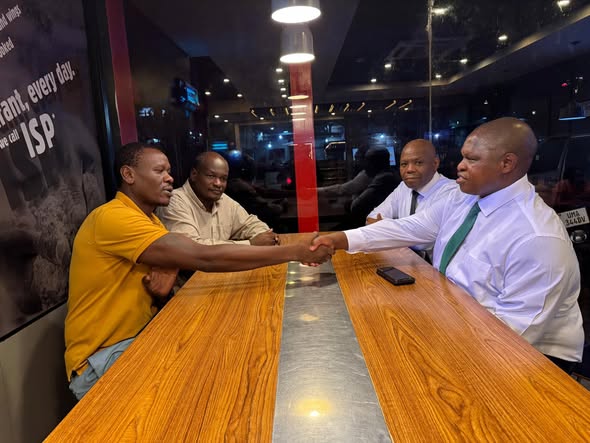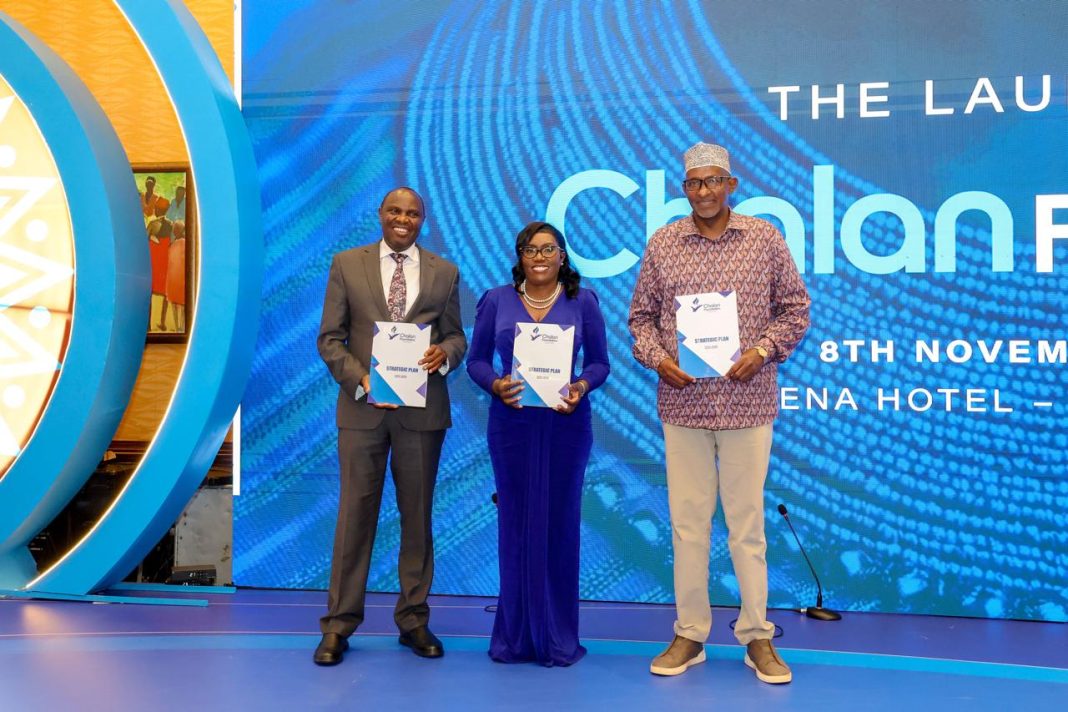By James Okoth
It began in silence.
Winnie Odinga, trembling yet steady, walked forward with her father’s cap from India. The crowd held its breath. She knelt before Mama Ida Odinga, a daughter before her mother, a nation before its matriarch.
Slowly, she handed it over. A gift. A goodbye.
When the casket was finally closed, the cap lay on top, soft, simple, eternal. It was the last cloth to touch him. The last mark of the man who wore courage like a crown.
And now, that cap speaks louder than words.
At Kang’o ka Jaramogi, they wear it in thousands. Black, brown, blue, patterned, but always the same spirit. From statesmen to villagers, it has become a sign of belonging.
It is worn with dance, with song, with colour and pomp. It turns mourning into memory, grief into pride.
In Kisumu’s stage market, cap vendor Tom Ouma laughs as he counts the day’s sales.
“Before the burial, I could go two days without selling one,” he says, wiping sweat from his brow. “Now I restock every morning. People want the Baba cap. Even the price has doubled, but no one complains. They say they are wearing history,” he says with conviction.
The cap is gone, buried with him, yet it lives everywhere. On the heads of the people. In the rhythm of the crowd. In the quiet dignity of remembrance.
In life, Raila dressed for purpose. In death, he dresses a nation in meaning.
Every cap tilted at Kango whispers the same truth. Style fades, but spirit endures.
One question still lurks; what kind of a man was Raila Odinga?




